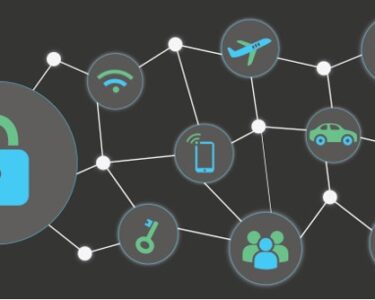
Sustainable Digital Consumption: Practicing Responsible Tech Habits
In the era of digitalization, our reliance on technology is undeniable. From smartphones to laptops to streaming services, our digital consumption has skyrocketed. While technology offers convenience and connection, it also raises concerns about its environmental and social impact.
Environmental Impact of Digital Consumption
Digital devices and infrastructure consume significant amounts of energy and resources. The production, use, and disposal of electronic devices contribute to greenhouse gas emissions, water pollution, and landfill waste. For instance, a single smartphone can generate up to 100 kilograms of carbon dioxide during its lifetime.
Social Impact of Digital Consumption
Excessive digital consumption can also have detrimental effects on our mental and physical well-being. Studies have linked excessive screen time to addiction, sleep disturbances, and reduced social interaction. Moreover, the production of digital devices often relies on unethical labor practices, including child labor and hazardous working conditions.
Practicing Sustainable Digital Consumption
To mitigate the negative impacts of digital consumption, we need to adopt sustainable tech habits. Here are some key strategies:
1. Extend the Lifespan of Devices:
- Repair devices instead of replacing them.
- Use protective cases and screens to reduce wear and tear.
- Avoid overcharging batteries.
2. Choose Eco-Friendly Devices:
- Look for devices that are made with recycled materials.
- Opt for energy-efficient models with low power consumption.
- Consider purchasing refurbished or used devices.
3. Reduce Digital Waste:
- Recycle or donate old devices responsibly.
- Delete unnecessary apps and files from devices.
- Use cloud storage instead of physical hard drives.
4. Practice Mindful Consumption:
- Set limits on screen time.
- Engage in digital detox periods.
- Choose activities that promote face-to-face interaction.
5. Support Ethical Tech Companies:
- Research companies’ sustainability practices before making purchases.
- Support companies that promote fair labor and environmental responsibility.
Conclusion
Sustainable digital consumption is not about sacrificing convenience or connectivity. It is about making conscious choices that minimize our impact on the planet and society. By adopting these practices, we can enjoy the benefits of technology while promoting a more sustainable and equitable future.
Remember, small changes in our digital habits can have a significant cumulative impact. Let’s strive to embrace sustainable digital consumption and create a more sustainable and responsible tech ecosystem.


